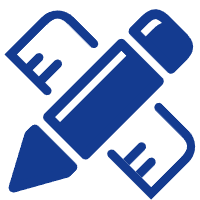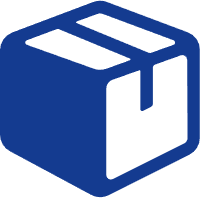Why Our Sheet Metal Silkscreen Stands Apart for Your Components
When you choose our Sheet Metal Silkscreen services, you're opting for a proven method delivered with expertise, ensuring your sheet metal parts achieve the exact look and durability you require.
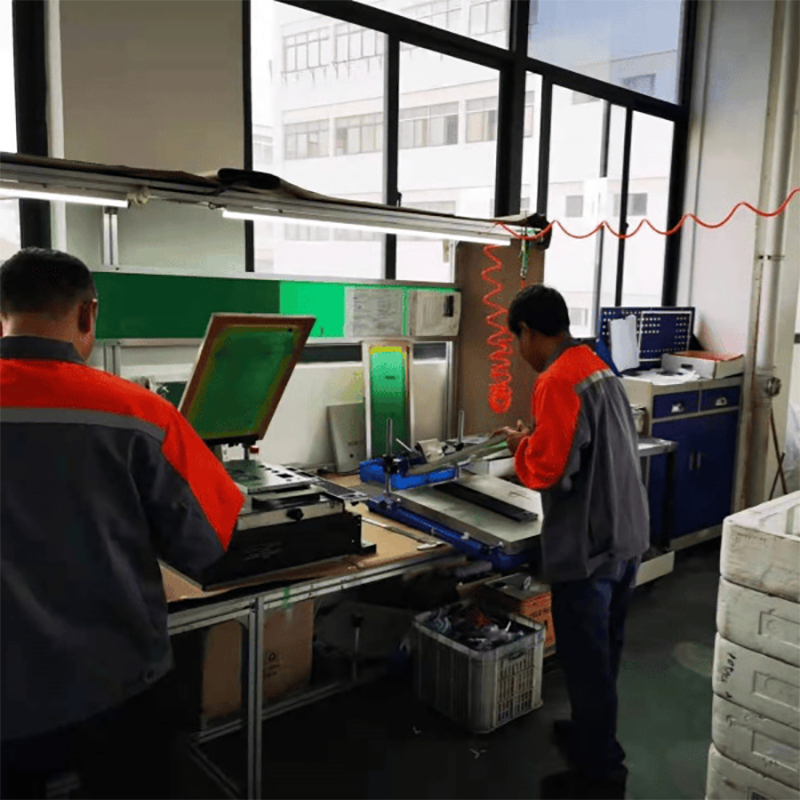
Versatility Across Your Sheet Metal Materials: We understand that sheet metal projects involve diverse materials. Our Sheet Metal Silkscreen process is "applicable to a variety of metal materials, such as stainless steel, aluminum alloy, cold-rolled steel." These materials typically have surfaces that are "relatively smooth and easy for ink adhesion," allowing us to achieve "fine pattern and text printing." We also know how to handle different finishes – while we "avoid designing silkscreen on shiny surfaces" like decorative chrome for optimal results, we’re adept at working with "non-decorative bright surfaces (galvanized) and rougher surfaces (such as pearl chromium)." If needed for challenging sheet metal surfaces, we can even incorporate "substrate roughening (e.g., sandblasting, wire drawing, etc.)" to ensure perfect adhesion.
Engineered for Enduring Clarity & Resilience: The markings on your sheet metal components need to last. The specialized "inks used in the screen printing process have excellent adhesion and wear resistance," a crucial factor especially for "sheet metal chassis and alloy casings that need to withstand frequent use and handling." Once applied, your Sheet Metal Silkscreen graphics will "maintain clarity for a long time" and boast "good waterproof, sun-proof, and anti-corrosion characteristics," making them robust enough to "adapt to harsh operating environments."
Vibrant, Functional Multi-Color Designs: Need specific brand colors or functional indicators on your sheet metal? Sheet Metal Silkscreen "supports the application of multiple colors" and can achieve "various color combinations and gradient effects." This versatility is key for "clearly identifying corporate logos, specification models, and functional descriptions" on industrial sheet metal products, enhancing both aesthetics and usability. We also advise on color strategy; for instance, on the "same part, try to reduce the number of silkscreen colors, and the silkscreen colors should be as uniform as possible" for efficiency and visual consistency.
Cost-Effective & Efficient for Your Production Needs: Especially when dealing with volume, Sheet Metal Silkscreen offers a smart solution. It's "suitable for mass production," and "particularly in the production of large quantities of sheet metal chassis and metal cabinet doors, cost control has more advantages." The "simple operation process and high production efficiency" mean we can meet the demands of "large-scale industrial production."
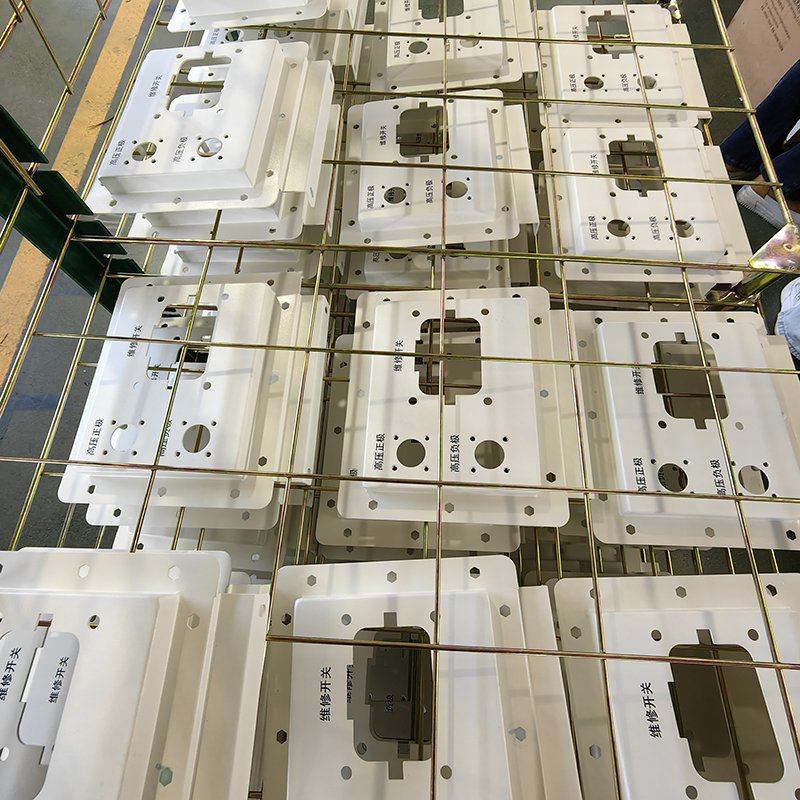
Your Sheet Metal Silkscreen Questions, Clearly Answered
We believe in transparent, helpful information. Here are some common questions customers have about Sheet Metal Silkscreen for their projects:
Q1: What's the first step to ensure a good silkscreen print on my sheet metal?A: It all starts with preparation. The absolute first step is a thorough "cleaning of the metal surface to remove oil, dust, and oxides." This ensures the Sheet Metal Silkscreen pattern is clear and the ink adheres perfectly for maximum durability.
Q2: What kind of inks do you use for sheet metal applications?A: We "select special inks that are resistant to high temperatures and corrosion" tailored to the specific type of sheet metal and its end-use. If your "product needs to be used outdoors, it is recommended to choose inks with high UV resistance and waterproof performance to extend the service life of the pattern."
Q3: My sheet metal design has raised elements near where the silkscreening needs to go. Is that a problem?A: We need to consider spacing. "When there are other protrusions around the silkscreen characters, the height of the protrusions should not be greater than 1mm" for ideal conditions. If they are higher, "the distance between the silkscreen characters and the protrusion should generally be greater than 20mm" to use standard silkscreen frames. In tight spots, "a smaller aluminum alloy silkscreen frame can be used, and the distance between the silkscreen characters and the protrusion should be at least greater than 12mm," though this makes the Sheet Metal Silkscreen process "slightly more difficult" and is usually reserved for when "structurally necessary."
Q4: Are there any designs that are not suitable for Sheet Metal Silkscreen?A: While versatile, Sheet Metal Silkscreen does have its sweet spots. "If the pattern is very complex, the area is large, the content is extensive, and the lines are very thin and dense, silkscreening is very difficult, and the yield rate is difficult to guarantee." In these specific scenarios for your sheet metal, we might discuss alternative marking methods like "labels or other forms of expression" to ensure the best outcome.
Q5: How do you ensure the ink is properly set on the sheet metal?A: After printing, "the metal workpieces need to be dried." We use methods like "natural air drying, infrared drying, or ultraviolet curing," depending on the ink and production needs. "Reasonable control of drying time based on ink characteristics and workpiece material" is critical to "ensure the ink is fully cured without damaging the pattern," preventing issues like stickiness from under-drying or brittleness from over-drying.
Q6: How do you maintain print quality across a large batch of sheet metal parts?A: Consistency is key. Beyond precise parameter control ("ink viscosity, printing squeegee angle, printing pressure, and speed"), we perform "regular cleaning and inspection of the screen plate." This is because "after multiple uses, the screen plate may experience wear or ink clogging." Addressing this ensures the "screen holes are clear" and helps us "guarantee the consistency of the printing effect."
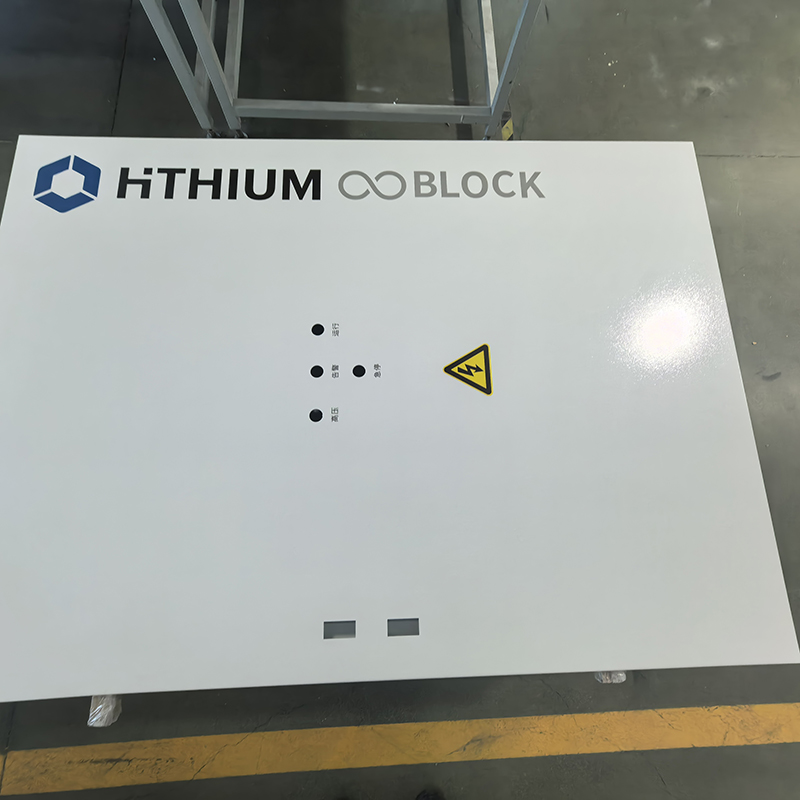
More Than Just Ink: A Meticulous Process for Your Sheet Metal
Achieving a perfect Sheet Metal Silkscreen finish is a systematic endeavor. It begins with careful "workpiece and screen preparation," followed by precise "adjustment of printing parameters." The "inking and printing" itself requires a steady hand and even pressure to "avoid uneven ink thickness or pattern deformation due to an imbalanced squeegee." After "drying and curing," every sheet metal part undergoes "quality inspection to ensure the printing effect meets the standards." This comprehensive approach ensures your sheet metal products leave our facility with markings you can be proud of.
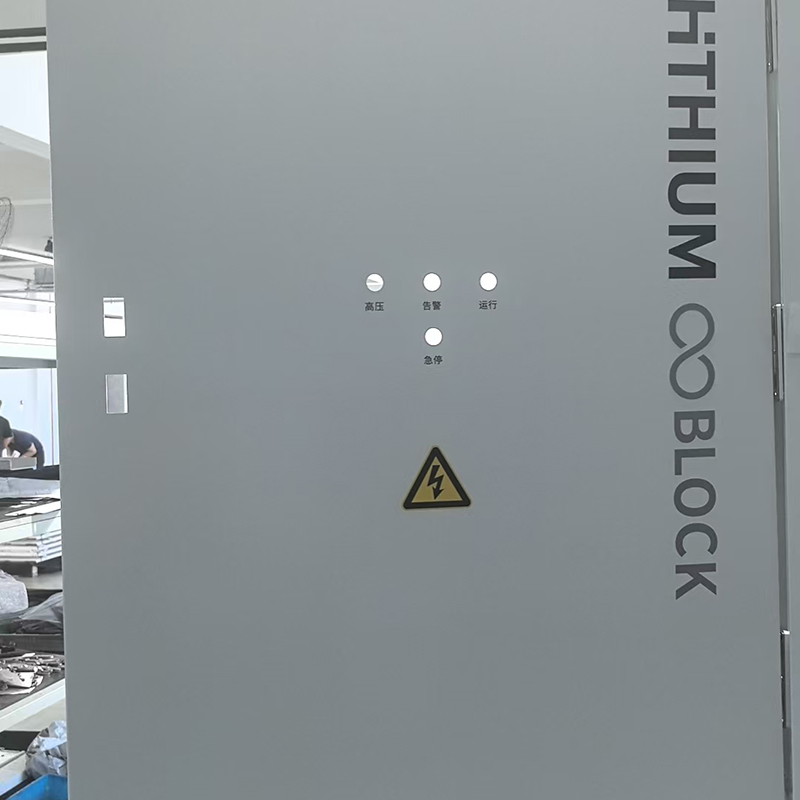
Elevate Your Sheet Metal with Durable, Professional Silkscreening
For clear, lasting identification, branding, and functional markings on your sheet metal components, Sheet Metal Silkscreen offers an unparalleled combination of durability, versatility, and cost-effectiveness. We bring expertise and attention to detail to every project, ensuring your designs are translated perfectly onto your chosen sheet metal surface.
Ready to add that defining touch to your sheet metal products? Contact us today to discuss your Sheet Metal Silkscreen needs and let us show you how we can make your mark.


